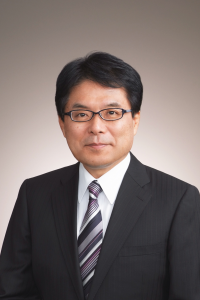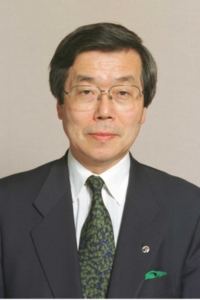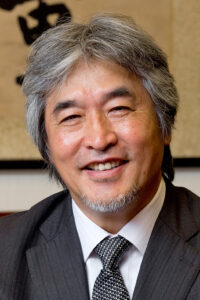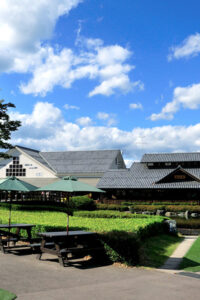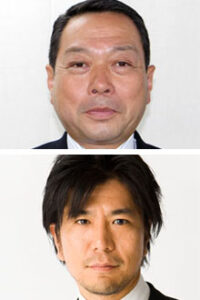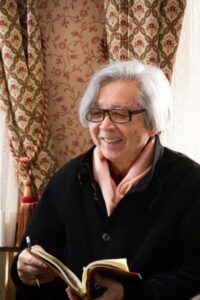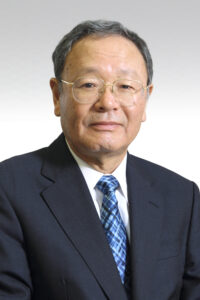
1. The change in the population structure and medicine for the elderly With the world’s highest average life expectancy, Japan is facing population aging. In this situation, the entire society is bewildered by this rapid change. Population aging inevitably leads to changes in medical care. The issue of death just ahead of that is considered to be a sacred cow, and if people attempt to discuss the issue, they face a barrage of different views and are unable to make progress with their arguments. If this issue is left unsolved, however, things will get even worse. Japan is the world’s largest population-aging country. The major indexes for aging society are the percentage of population aging, the average life expectancy and the rapidity of population aging, and Japan is number one in the world in all these indexes. Japan has reached over 25% in terms ... ... [Read more]
